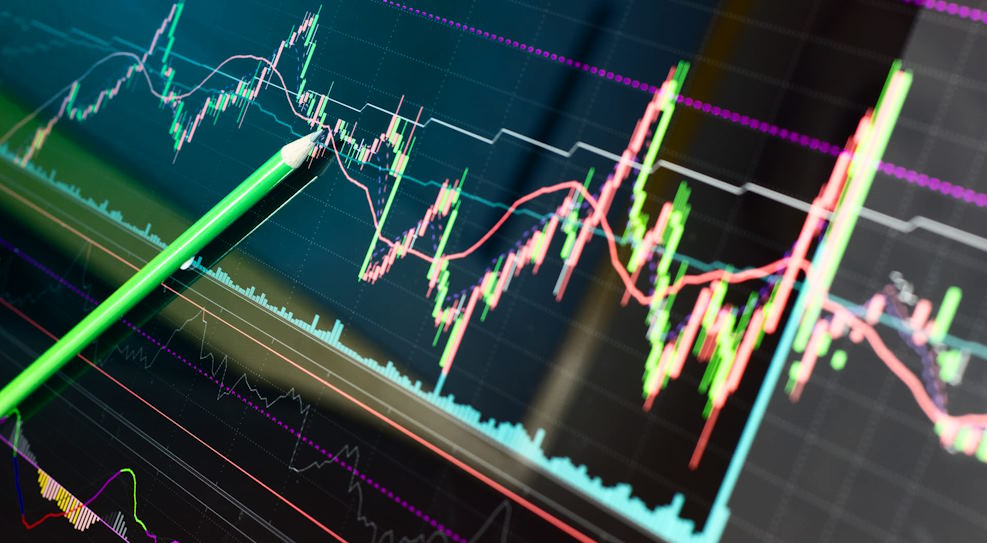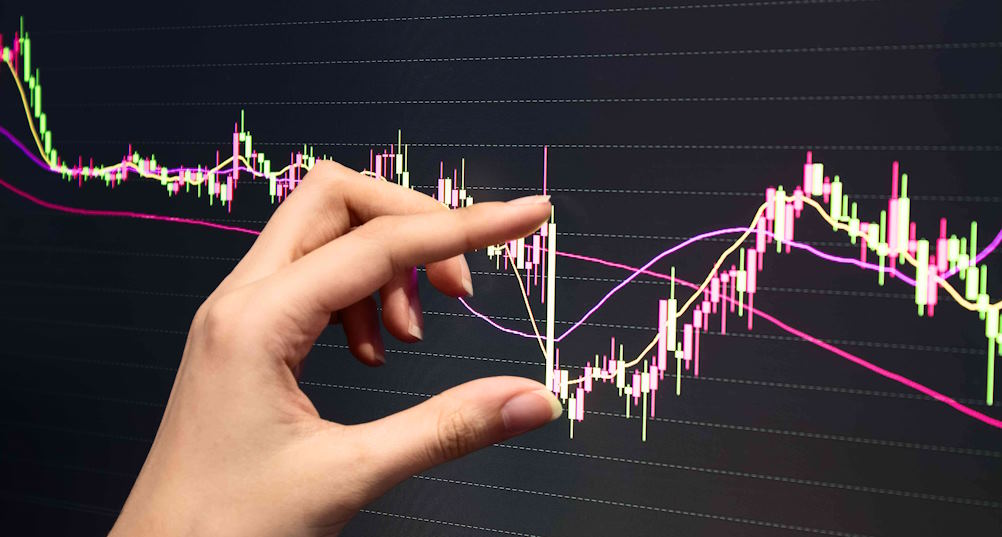Cryptocurrencies, born out of groundbreaking blockchain technology, have disrupted conventional notions of finance and investing. With the meteoric rise of Bitcoin, Ethereum, and an array of alternative digital currencies, the need to forecast price movements has intensified, bringing the practice of technical analysis to the forefront of discussions. Technical analysis, a discipline that scrutinizes past price data to predict future trends, has long been a staple in traditional financial markets. Yet, the unprecedented volatility and distinct behavioral factors characterizing digital asset markets raise pertinent questions: Can the established principles of technical analysis seamlessly translate to the world of cryptocurrencies?
Technical Analysis in the Digital Asset Space
Adoption of Technical Analysis by Cryptocurrency Traders
In the fast-paced world of digital assets, traders are increasingly turning to technical analysis as a means to decipher the enigmatic movements of cryptocurrencies. The allure of historical price patterns and trends holds a universal appeal, bridging the gap between traditional financial markets and the dynamic realm of cryptocurrencies. Technical analysis tools, ranging from moving averages to relative strength indicators, have found a robust following among cryptocurrency enthusiasts, who utilize these methods to predict potential price movements and make informed trading decisions. This adoption underlines the growing recognition of technical analysis as a valuable tool in a market known for its rapid shifts and alluring opportunities.

Comparison of Traditional Markets and Digital Asset Markets
- Unique Characteristics of Digital Assets
While technical analysis has been a mainstay in traditional financial markets, its application to digital asset markets is not without its distinctions. Digital assets, unlike traditional securities, operate within a relatively nascent and decentralized ecosystem. This newness translates into a limited historical data pool, often prompting traders to rely on shorter timeframes for analysis. Additionally, the absence of a centralized authority and the global nature of cryptocurrencies contribute to heightened volatility, amplifying both risks and rewards.
- Behavioral Factors Influencing Digital Asset Prices
Digital asset prices can be profoundly influenced by behavioral factors, such as social media trends, regulatory news, and market sentiment. Unlike traditional markets, where the impact of individual investor sentiment is often diluted, the interconnected nature of the cryptocurrency community means that a single tweet or announcement can trigger significant price fluctuations. This heightened sensitivity to news and sentiment adds another layer of complexity to the application of technical analysis, necessitating a holistic approach that considers both technical patterns and external influences.
Criticisms and Limitations of Technical Analysis for Digital Assets
Efficient Market Hypothesis and Its Implications
One of the primary criticisms directed towards the application of technical analysis to digital assets is rooted in the Efficient Market Hypothesis (EMH). According to this theory, markets quickly reflect all available information, rendering attempts to consistently outperform the market using historical price data futile. In the context of digital assets, where information spreads at the speed of light and trading is highly accessible, the EMH poses a challenge to the efficacy of technical analysis. The notion that all relevant information is instantly priced into digital assets casts doubt on the reliability of past patterns as predictors of future price movements.

Influence of Market Manipulation
The decentralized and relatively unregulated nature of the digital asset market makes it susceptible to market manipulation. Unlike traditional markets where regulatory oversight is more established, the cryptocurrency space has seen instances of price manipulation by coordinated groups and individuals with significant holdings. These manipulative actions can distort chart patterns and trend indicators, rendering technical analysis less reliable. Traders must remain cautious of potential artificial price movements that could undermine their analysis and decision-making process.
Overreliance on Historical Patterns in a Rapidly Evolving Market
Digital asset markets are characterized by rapid technological advancements, regulatory changes, and shifts in investor sentiment. This dynamic nature challenges the traditional technical analysis practice of relying heavily on historical patterns. As the market evolves, new factors come into play that can invalidate established patterns or create novel ones. An overreliance on historical data might hinder traders from adapting to these changes and recognizing emerging trends that diverge from the norm.




